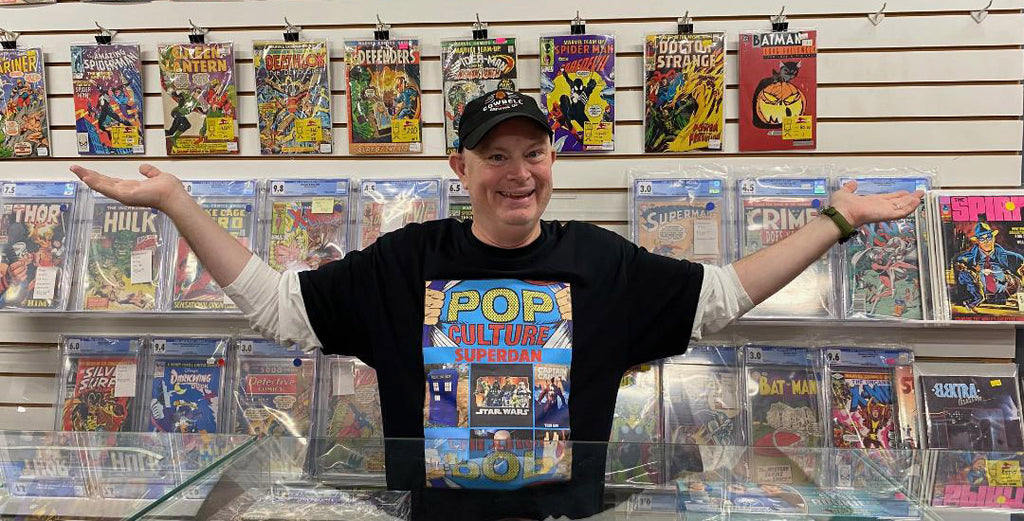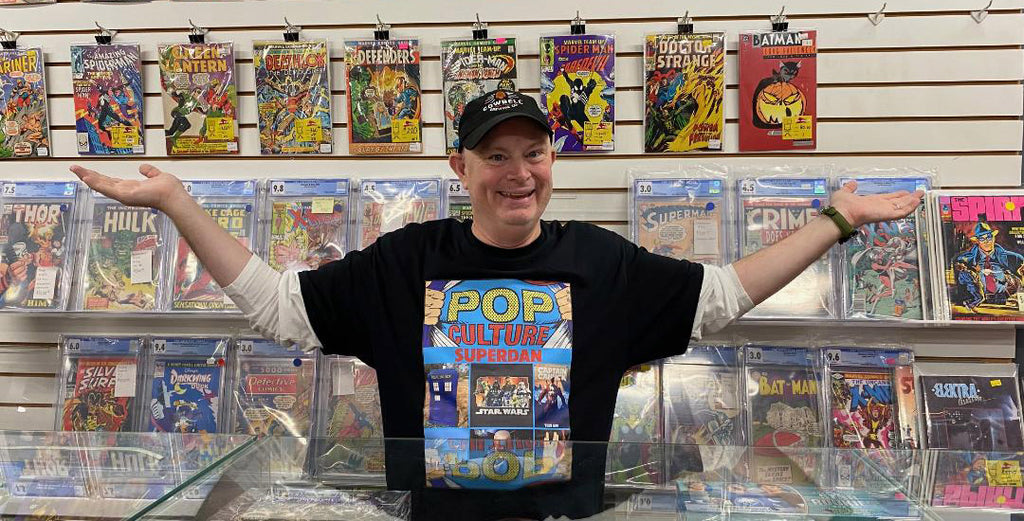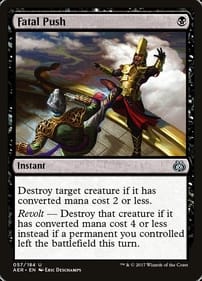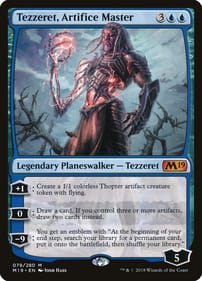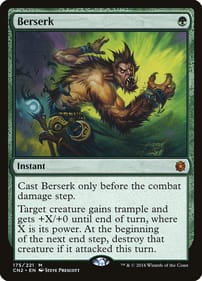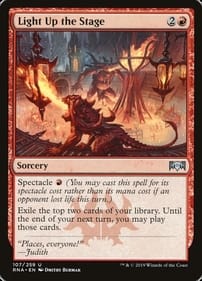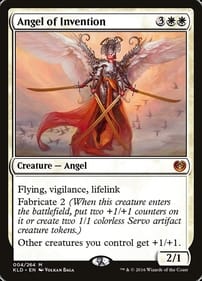Let’s Stop This Comic Trend While We Still Can
By Dan BrownIt started, as far as I can tell, with Watchmen back in 1986.And it ends now, if I have anything to say about it..What am I on about?I’m not even sure what the correct term is. Some call it “back matter,” others say “supplemental material.”I’m referring to the several pages of prose that appeared in every issue of the landmark DC series back in the day. The same material was reproduced when all 12 Watchmen issues were collected into one volume and sold as a graphic novel.In Watchmen, it took the form of faux newspaper articles or documents or book excerpts that shed light on the rest of the story and the characters in it. Alan Moore came up with the stuff when DC was unable to sell ads in the individual issues of what was then an experiment in more mature storytelling.I don’t honestly know how many other comics have used the same device. I have noticed that at least one other series – the alien-invasion tale Wild’s End by Dan Abnett and I.N.J. Culbard – features the same kind of afterword section. I recently read the collected Wild’s End for L.A. Mood’s graphic-novel group, it was one of the books we covered this summer. And each chapter ends with supplementary material.In individual Wild’s End issues, which started appearing in 2015, the back matter takes up as many as five pages. The goal appears to be the same as with Watchmen — to give readers pertinent information in a way that adds context and shading to the story told in comic panels in the front of the book.Maybe you’ve read comics with the same device. I know there is a vast audience out there of comic enthusiasts who don’t even bother to read these pages, which are akin to the bonus material you get with a DVD.In the ideal case, these back pages would flesh out certain aspects of a given story, supplying readers with an even deeper reading experience. That’s fine, but what I fear is these prose epilogues will become the norm.I’m not opposed in every instance to non-comics material in my comics. I grew up reading Marvel Comics in the 1970s and at least two pages in every issue of, say, the Uncanny X-Men, were devoted to a letters column and Bullpen Bulletins. I loved that stuff, it was fun. Those pages made me feel like I was a part of the Marvel community at a time when there was no global communication device like the internet (you can imagine how crushed I felt to learn Stan Lee had made up reader letters in some early Marvel issues). But enough already.This is a pet peeve of mine I’m hoping comes to an end before other creators take it up and it becomes a full-on trend.For starters, five pages out of an individual issue is just a huge chunk of space. I know the justification is that certain aspects of a story are better told in text, but if you’re like me, you don’t like chocolate in your peanut butter. Prose already has a showcase, they’re called books.Taking five pages away from a powerful creative team is too much of a sacrifice. With five extra pages an issue, a creator like Jack Kirby could have launched whole new universes full of interesting characters, concepts and locations.And, frankly, those prose pages never have the same impact as the rest of a chapter or a specific single issue. Reading them feels like homework, frankly. At least it does to me.Also, they just reek of literary pretense. Comics don’t have to be more like books. They are a perfectly legit artform without text passages, so let’s nip this incipient trend in the bud.Creators, the work you do with drawings and word balloons is perfectly fine on its own. You don’t need a prose section at the back of your latest comic to give you credibility, comics are perfect the way they have always been presented.Disagree? I’d love to hear why in the comment box below!Dan Brown has covered pop culture for more than 31 years as a journalist and also moderates L.A. Mood’s monthly graphic-novel group.
If I’m Not Reading A Book, I’m Lost
I feel weird.I’m at a loss. Like a part of me has gone missing.I’m uneasy. At loose ends.I feel . . . lacking. Out of sorts. As though something unnatural has happened to me.It can only mean one thing.There’s nothing on my nightstand.That’s right: I don’t have a book on the go at the moment.Hard to believe, I know, but your L.A. Mood graphic-novel correspondent isn’t reading anything right now. Talk about unnatural!I don’t know if I’m the only person who feels this way, but my usual state of being is that I have my nose stuck in at least one book.Sometimes more than one.But at this moment, I’m between books. I finished a bunch of graphic novels at the end of August, and I have yet to decide what’s next on my reading journey. This doesn’t happen often. I typically have a long mental list of the titles I want to tackle.But for whatever reason or non-reason, I haven’t been able to settle on my next reading choice.Why does this make me feel leery? I guess it’s because having a book beside my bed is the natural state of things for me, whether it’s a graphic novel or a non-fiction title or something else.Not to be all psychoanalytical about it, but reading has been a constant in my life since my parents read to me as a little kid at bedtime.Out of all the generous things they did and do for me, this has had the most powerful impact on the person I am today. They gave me the gift of literacy.Every night, there would be a book like Are You My Mother? by P.D. Eastman or a Dr. Suess title or a volume from Richard Scarry.If I was cranky and they wanted to get me to take an afternoon nap, my parents would offer me a “read rest,” which meant I would work my way through a pile of books until I dropped off, thus forever connecting two of life’s most awesome things – reading and sleeping – in my mind.These gave way to more mature books as I aged, and it wasn’t long before I was reading on my own. Comics like Fat Albert, Star Wars, and Captain America came first, followed by the Merlin trilogy from Mary Stewart and the pulpy Morgaine books by C.J. Cherryh.Naturally, English was my favourite class in high school and I picked up an undergrad and grad degrees in the same topic prior to heading to Ryerson for my journalism education. I don’t want to overstate it, but reading has been a thread running throughout my life. And of course I married an avid reader who burns through a different urban fantasy every couple days. When we finished our basement in Poplar Hill, she and I agreed there had to be room for lots of bookshelves – finally, a library of our own.I agree with the columnist who once wrote that some books aren’t just books for me, they are events in my life. Turning points.Marvel comics fascinated me with their wordplay. Where else was I going to see terms like “mutant,” “stasis,” “uncanny” and “eldritch”?Although he was a fiction writer, Charles Bukowski has influenced my journalism writing deeply. And when I stumbled across James Stockdale’s A Vietnam Experience in the D.B. Weldon Library at Western University, I began my lifelong quest to be a Stoic.The problem, come to think of it, may be that there are too many books I want to read right now.So I feel kinda paralyzed. Ever felt that way?I had a friend in grad school who had a solution. He told me once that he wanted to be a university professor so badly because he figured it was the only job where he could get paid to read for a living.If you have any suggestions for what I should read next, I’m all ears. Oh, and what book do you have on the go right now? I’d love to hear all about it in the comment section below! Dan Brown has covered pop culture for more than 31 years as a journalist and also moderates L.A. Mood’s monthly graphic-novel group.
Comic Fans, You Don’t Have to be Extremists
By Dan BrownI have an observation about pop culture that also applies to comics fandom. I want to share it with you.It’s OK to stand in the middle of the road.I don’t mean that literally. What I mean is, when you’re thinking about your feelings for comics, books, movies, TV shows, or anything else, you don’t have to be an extremist.You don’t, in other words, have to love something or hate it.The world, and the human imagination, are vast enough to accommodate more than two possible feelings.So when you watch this summer’s Star Wars series The Acolyte, you don’t have to immediately go to your socials and post, “I loved every minute of it!” Nor do you have to state, “I hate all Star Wars properties produced under the Disney banner!”It is perfectly OK to say, “I liked maybe two of the episodes of Acolyte, but the rest of the eight-part series didn’t move me.”Get the idea? When you’re talking with a friend about Taylor Swift, you don’t have to boast, “She is the best/worst!” It is perfectly acceptable to say, “I guess she’s OK.” She doesn’t have to be at the top or the bottom on the list of your favourite musicians.It’s OK to sort-of like a franchise or a property or an actor or a superhero or a comic title.In no way is it wrong to have mixed feelings. Being “Meh” is a totally acceptable way to feel.I’m not one of those columnists who blames the internet for all of society’s ills, but I do think when people go online they get the impression everyone else is a partisan of one stripe or another.If all that’s required of people is to love or to hate, then it’s easier to sell them stuff, whether that be a political ideology or a new product.And perhaps in the comic world the presence of “completists” – those who have to have every issue of a certain series, or every book by a certain author, no matter how good or bad – makes everyday fans feel they can only belong at one end of the spectrum or another.If you recall the 1989 Spike Lee movie Do the Right Thing, there’s a character named Radio Raheem who has a gold plate over his left fingers spelling out “HATE” and another on his right hand spelling out “LOVE” That was his way of viewing the world.Don’t be like Radio Raheem. (This would be the right time to note: I enjoy some Spike Lee joints, but not all of them. I guess you could call me a middling fan of his work.)Likewise, you don’t have to love a comic deeply or loathe it with all your soul.Riding the fence gets a bad rap, but the full range of emotions is available for your use, and I’m giving you permission right now to even have contradictory feelings sometimes. Because that’s what most of life is when you’re an adult: Neither black nor white, but beautiful shades of grey.I hear so much about how so many things in our modern times are “divisive.” That new Beyonce song is divisive . . . The new Toronto Blue Jays uniforms are divisive . . .Disney’s latest live-action remake of a cartoon classic is divisive . . .Well, things would be a whole lot less divisive if we embraced the entire rich tapestry of human emotions, not just the extremes at either end.Even this column is subject to this principle.If you kind-of like what I had to say, I’m fine with that!Dan Brown has covered pop culture for more than 31 years as a journalist and also moderates L.A. Mood’s monthly graphic-novel group.
Steal This Idea
Let's have a place where comic fans, comic creators and the professionals who study comics could all gather to share their love for the medium.
Read The StoryNew Collection of Comic Back Issues to be Released September 14
Includes dozens of comic back issues of X-Men, Wolverine, Star Wars, Dracula, Batman, Spider-man, Superman, ...
Read The StoryNo Better Alien Comic than the Original
By Dan BrownThere have been many comics based on the Alien film franchise, but there is none better than the original Alien: The Illustrated Story.Gorgeously and creepily drawn by legendary artist Walt Simonson and written by steady hand Archie Goodwin, no less an authority than Frank Miller said “it might just be the only successful movie adaptation ever done in comics.”Originally published by Heavy Metal, the book was re-issued by Titan Books in 2012 and is worth hunting down in the runup to the release of the latest chapter in the franchise, Alien: Romulus, landing in theatres on August 16.The Illustrated Story adapts the 1979 Ridley Scott film. I was 11 years old when that movie was released, so I couldn’t see it in theatres. This comic was one of the ways – along with the novelization and fan magazines – I came to understand what the fuss was about. Keep in mind, at the time there were stories of people going to see Alien and throwing up in the theatre because of the unsettling gore. Older kids told me Alien gave them weird dreams.Unlike other film adaptations, such as Marvel’s ongoing Star Wars title, Simonson was not legally prevented from drawing the characters as they looked on screen. So that level of detail adds to the comic’s impact.In addition, it was clear Simsonson and Goodwin had actually seen a cut of Alien before they attempted their adaptation. But the highest compliment I can pay the creative team is how they took what worked from the movie and translated it into terms that worked for a comic.For example, in the scene where the Nostromo crew cut into the face-hugger in the sick bay, Simonson uses a long, vertical panel to show how the creature’s acid blood drips through the different levels of the doomed vessel.Simsonon’s rough lines were also perfect for capturing the gritty feeling of Scott’s motion picture. When the adult extraterrestrial finally appears, it towers over the individual crew members as it attacks – a licence taken with the visuals from the film, where it appears only in glimpses until the end of the story.There’s also judicious use of splash pages, like the full-page panel that shows the chest-burster violently emerging from Kane’s body. It gets the point across: There was blood everywhere.Even better, in select panels Simsonon frames them with the same blend of organic and mechanical elements that Scott used to create such a creepy atmosphere on the big screen.You may be wondering, since the creators involved were both veteran Marvel hands, why was this book published by the adult Heavy Metal? After all, in the 1970s Marvel wasn’t shy about using the latest fad to boost the company’s sales. Why not try to jump on the Alien bandwagon?I’m guessing Stan Lee and company were afraid to come out with a comic that was so bloody and had adult language. In 1999 I interviewed Harry Dean Stanton, the actor who played Brett, and he told me Scott wanted his actors to sound like “space truckers,” not noble PG Jedi Knights with their “outer-space attitude.”For diehard Alien fans, there’s also a moment near the end of The Illustrated Story I have not seen discussed anywhere in supplementary books or commentary tracks.As Ripley runs toward the lifeboat, she encounters the xenomorph sitting in a hallway. It has wrapped itself up into its own body, kind of like how a cat sleeps in a ball, except it’s almost a perfect cube. Ripley watches in horror as it slowly unfolds into its regular form. Was this a scene from an earlier cut of the movie Simonson and Goodwin got to see? I have never seen it addressed anywhere else in Alien lore (although there is a deleted scene of Dallas and Brett suspended in an Alien cocoon begging Ripley to mercy-kill them, which she does with her flamethrower).Even though it’s set in the future, to read this adaptation is also to be transported into the past, specifically the 1970s. Diehard Alien fans will know that in the original film, the crew’s employer is only referred to as “the company.” This was later modified in sequels to be the Weyland-Yutani Corporation. But by having it as an unnamed entity, the film plays on the anti-corporate sentiment that was in the air back then in many 1970s paranoid thrillers. Alien did the unlikely. It took a cliched plot – hapless spaceship crew must respond to distress signal, then is slowly picked off by star beast that is actually a guy in a rubber suit, with audience never knowing who the next victim will be – and created something fresh out of those hackneyed elements.Alien: The Illustrated Story is also an unlikely success by virtue of being the comic version of a landmark film that is not only a faithful adaptation, but worth reading for its own sake as well.Oh, and for the record, it appears Marvel may have learned its lesson: There will be Alien: Romulus prequel one-shot coming out October 24 that depicts the events that set the plot of the new sequel in motion. Dan Brown has covered pop culture for more than 31 years as a journalist and also moderates L.A. Mood’s monthly graphic-novel group.





